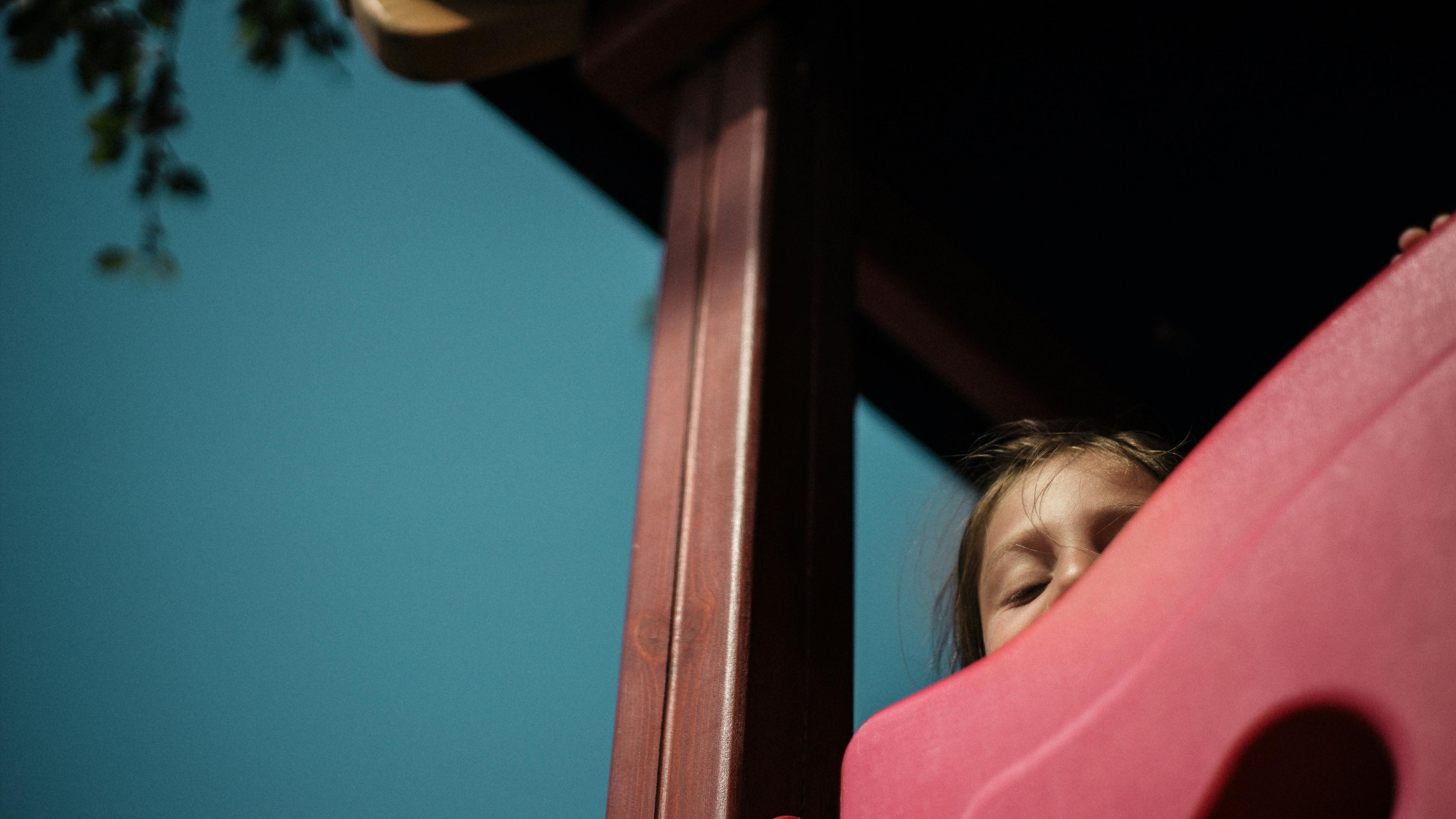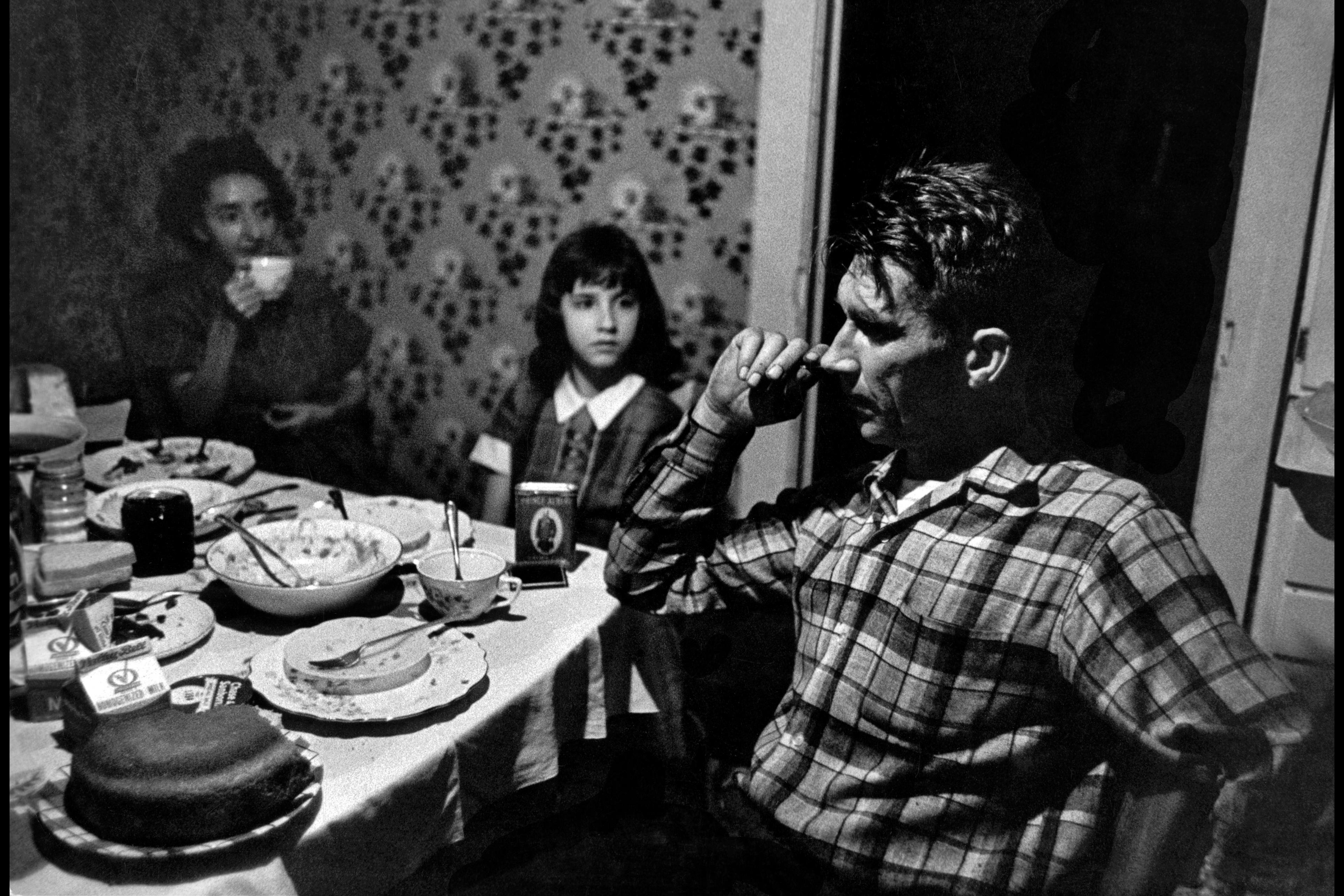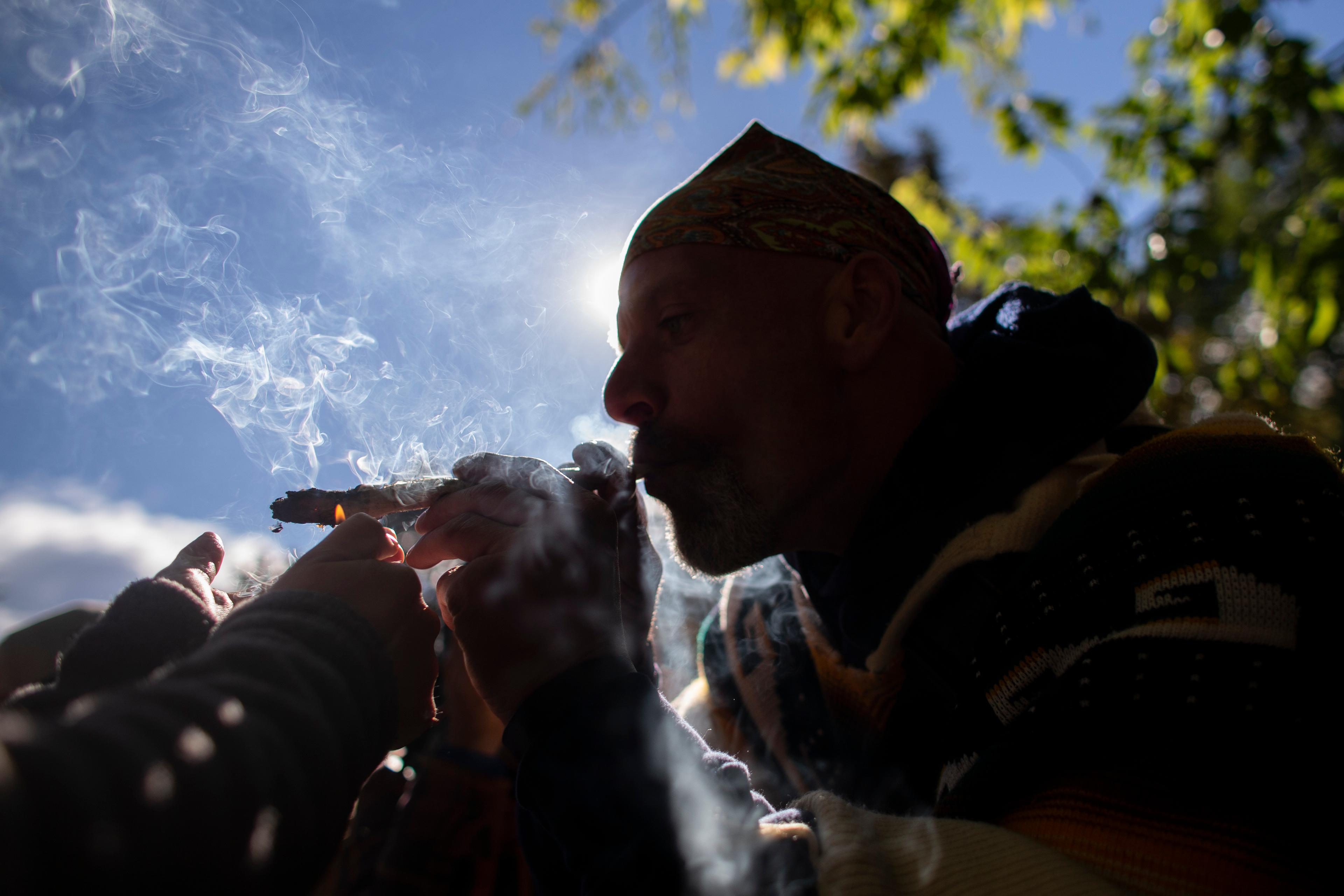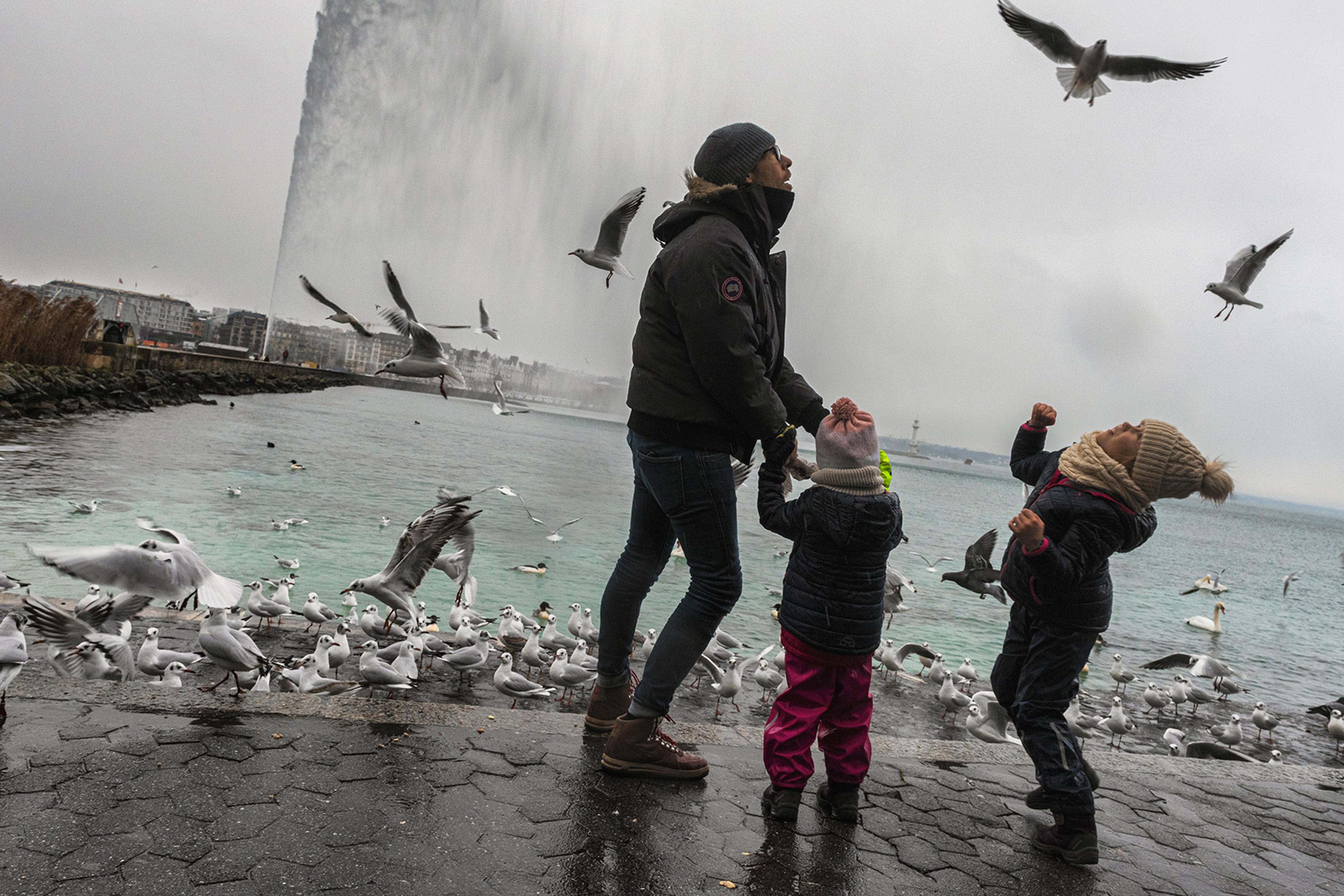The maltreatment of children takes many forms, each bearing its own consequences. Consider, for instance, a mother who routinely leaves her child alone for many hours, risking the child’s safety and introducing feelings of abandonment; or a father with unstable emotions who yells and curses – or even threatens and hits – at unpredictable moments. And what about a caregiver who alternates between dedicated attention and abusive behaviour? While each of these cases will involve negative psychological impacts, those impacts are unlikely to be the same. An important question is what the differences will tend to be – and how to use that information to offer the best possible support to those who have suffered.
Most people have a rough idea of what childhood maltreatment means but, as these scenarios suggest, it encompasses a complex tapestry of experiences. It’s likely that you have heard of a related set of categories known as ‘adverse childhood experiences’ (ACEs). Among these are physical abuse, sexual abuse, emotional abuse (which can mean behaviours such as constant criticism, threats and intimidation), physical neglect and emotional neglect. Other adverse experiences can include household dysfunction, mental illness in the household, and witnessing domestic violence or other forms of (psychological, sexual, financial, emotional) aggression between intimate partners. Broadly defined as negative life events before the age of 18, childhood maltreatment serves as another term for these various experiences.
Childhood maltreatment as a whole has a tremendous impact on mental health: it’s estimated that about a third of all adult mental illness and half of all childhood mental illness is related to it. Consequently, we and other scientists aim to improve the understanding of this critical public health problem. But to truly comprehend its impact, and improve treatment for those affected, we must unravel the effects of various negative experiences. One place to start is by making a distinction between abuse and neglect. These two categories represent fundamentally different psychological experiences for children and, while their effects are not entirely distinct, they do differ.
Abuse refers to any non-accidental act that involves a substantial risk of physical or emotional injury. These acts are highly threatening events, and they often lead abused children to believe that their behaviour somehow triggers or provokes the abuse. This idea can cause them to internalise blame and responsibility for the abusive actions of adults. They might come to think that they are ‘bad children’, and that if they were better behaved, listened more carefully or acted differently, then the abuse would stop. These perceptions of guilt have far-reaching consequences, potentially influencing development, emotion recognition, social-emotional adjustment, and the functioning of a stress system in the body called the hypothalamic-pituitary-adrenocortical (HPA) axis. A dysregulated stress response can cause more intense reactions to stressful situations.
Neglect, on the other hand, is characterised by a failure – either deliberate or due to negligence or inability – to provide a child with minimally adequate care, including food, clothing, shelter, medical care, supervision, parental emotional stability, and opportunities for growth. A lack of basic care, stimulating experiences (eg, intellectual stimulation such as creative play and age-appropriate books, or social activities such as playdates or family outings) and, particularly, the lack of emotional attachment impacts neglected children’s emotional and cognitive development. This may lead to difficulties with attaching to other people, feelings of loneliness, and a proneness to relational problems. It’s important to note that childhood abuse and neglect often co-occur, which can lead to even more severe consequences. Experiencing multiple types of childhood maltreatment can result in an accumulation of detrimental effects.
While we know that abuse and neglect differ in their effects on development and psychological adjustment, little research has systematically compared how abuse and neglect each relate to the risk of specific forms of mental illness after childhood. Understanding this is essential for developing targeted interventions and support systems for survivors who are suffering from psychiatric complaints such as a depressed mood or hearing voices. It is a critical step toward providing the necessary resources to help them heal and thrive in adulthood, as the specific nature and effect of an aberrant childhood experience is typically not taken into account in treatment protocols.
So, in a recent investigation, we and our colleagues sought to further unravel the relationships between these different forms of maltreatment and mental illness, examining their associations with three specific psychiatric conditions – major depressive disorder, bipolar disorder, and schizophrenia – and the symptoms of these conditions. Our aim was to discern the distinct clinical profiles associated with the different shades of childhood adversity. To do this, we delved into the data from several long-term Dutch studies, each involving hundreds of adults with one of the three psychiatric conditions. We additionally employed an epidemiological method called Mendelian randomisation, using genetic data from people in the UK to explore the direction of cause and effect between childhood maltreatment and mental health outcomes.
Childhood neglect was associated with agitation and a reduced need for sleep (a symptom of mania in bipolar disorder)
We found that childhood abuse was a potent risk factor for schizophrenia in adulthood: in our sample, the chances of developing schizophrenia were about 3.5 times higher among those who had experienced abuse. In contrast, the experience of childhood neglect showed the strongest associations with developing bipolar disorder (the odds were more than 2.5 times higher among those who had been neglected) and with major depressive disorder (odds more than 2 times higher). Combined exposure to both abuse and neglect was the most detrimental: the risks for major depressive disorder and bipolar disorder were even greater. The Mendelian randomisation analyses added further support to our findings about child abuse and schizophrenia, providing clearer evidence that abuse causes an increased risk for schizophrenia.
Zooming in even further, to the level of symptoms, we also found that having experienced childhood abuse was associated with the likelihood of having hallucinations, delusions, feelings of worthlessness and/or guilt, and suicide attempts, while childhood neglect was associated with agitation and a reduced need for sleep (a symptom of mania in bipolar disorder). And combined abuse and neglect was related to a higher risk for a multitude of symptoms.
The links between these types of maltreatment and different forms of mental illness raise intriguing questions about the underlying mechanisms. Several psychological, social and biological pathways from childhood adversity to the development of mental illness have been suggested in previous research, some of which could involve effects that we mentioned earlier (eg, changes in one’s stress response or relational difficulties). But to date there is no one answer that does justice to the complexity of the issue. One part of the puzzle is the evidence that genetic predispositions to mental illness can interact with experiences of childhood maltreatment, influencing the likelihood of developing specific symptoms or disorders. Moreover, environmental factors such as socioeconomic status and parental psychopathology could further affect these relationships. There is a need to consider the complex interplay between genetics, environment and childhood maltreatment in shaping the risk of mental illness.
EMDR therapy in people suffering from hallucinations is both safe and effective
Stepping back to assess the implications of our findings, however, we can start to see the potential for targeted therapy and personalised treatment strategies. The finding that abuse holds a particularly strong link with schizophrenia fits with previous reports of a threefold increase in psychosis risk in people with a history of child abuse. The knowledge of this association could be important for further improving the prevention of childhood maltreatment and increasing awareness of mental health risk in those who experience it. Moreover, it raises the question of whether interventions such as trauma-focused therapy could be beneficial for individuals with early signs of schizophrenia and a history of abuse. It would be worthwhile to investigate how a therapy such as eye movement desensitisation and reprocessing (EMDR) – most frequently used for treating post-traumatic stress disorder – might serve as a personalised treatment option for lowering the burden of symptoms in these individuals. Fairly recent research suggests that EMDR therapy in people suffering from hallucinations is both safe and effective.
As we learn more about the different impacts of abuse and neglect, new considerations demand attention, including how to better understand the pathways from adversity to psychiatric outcomes and whether we can differentiate the effects of other types of childhood adversity (such as emotional versus physical trauma). Given the major impact of childhood maltreatment on health, getting a better grasp of the mechanisms and improving treatments are pressing needs in societies that are increasingly burdened by mental illness.
Now, it is evident that the shadows cast by abuse and neglect aren’t uniform. They take on distinct shapes and appear to influence mental health outcomes in unique ways. Our growing understanding of these influences could ultimately improve the chances that people who are mistreated early in life receive the support they need.








